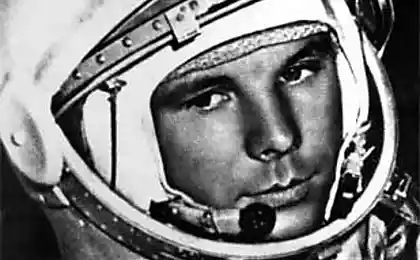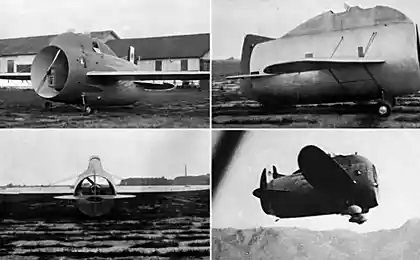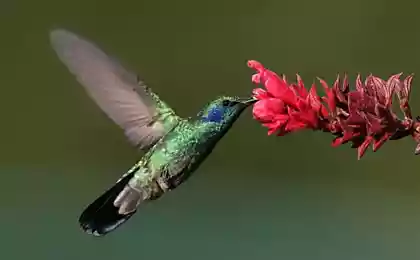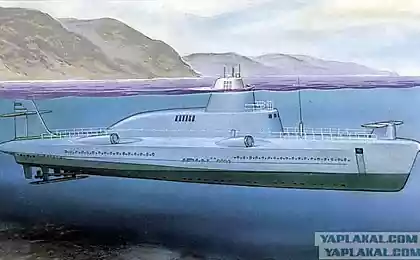282
Flying without Wings
Would you believe that a car with a top speed of 150+ km / h (electronically limited) uses one (1) liters of gasoline per 100 kilometers? The "cruise" mode 90 km / h ... And from a standstill to 96, 5 km / h (60 miles) accelerates faster than 10 seconds. ... Is it too good for the truth?
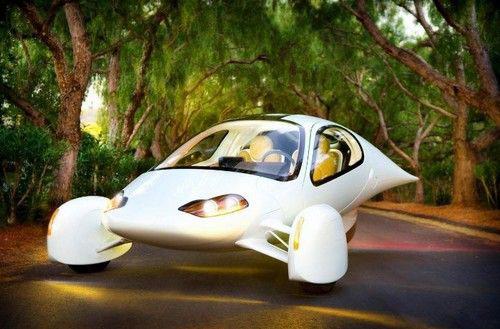
Independent tests show, and today we take into account the proprietary information. Small California company Aptera Motors (city Carlsbad) launches into a series of self-propelled ultraekonomichny crew called ... Aptera. That's Latin for "wingless" - an ambiguous designation. On the one hand, the idea of a wingless, wingless design: leads to unwanted reflections.
On the other - the aircraft, well, except that wingless "Aptera" is indeed reminiscent of the plane: outlines of the vehicle is so aerodynamic that the company says the air drag coefficient of about 0, 11! Hard to believe, as the best indicator for the conveyor passenger cars so far - 0, 26. But let's say - very much Aptera streamlined in appearance.

Moreover, that here and not quite a car - a tricycle driven rear wheel. This architecture allows you to position the vehicle in California (and other states) as a motorcycle ... - with all the benefits and advantages. And landing formula at "Aptera" modest 2 + 1. That is, two adults and a baby-a baby. Small young family - correct installation.
Aptera is prepared in two versions: typ-1h with a hybrid gasoline-electric powertrain, and typ-1e with a purely electric drive. Initially, typ-1h was designed with an auxiliary diesel engine, but in the course of the work it became clear that d.v.s. compression ignition under any weather does not fit into the brutal California standards for clean emissions. (It is instructive, when the standards are the same - as in North America, Diesel catch nothing. But the double standards in Europe - with breaks for engines with compression ignition. Only in this way, and it turns out). So I had to replace diesel light d.v.s. spark ignition (Otto). Stowed.
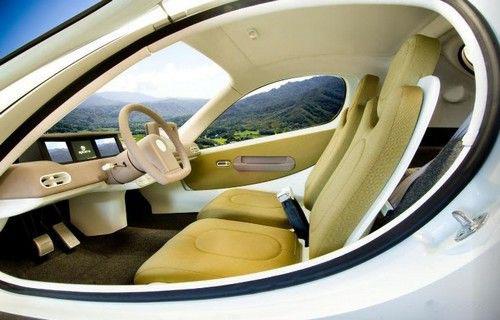
In pre-production prototype typ-1h petrol engine develops 16 hp up and turns the 12-kilowatt alternator-starter (series circuit), which in turn recharges the capacious battery. In addition, the battery is "fueled" by a 110-volt household power - what is called "from the outlet» (plug-in, night tariff). Traction 19-kilowatt (about 25 horsepower) electric rear wheel drive - forward and with a song! If the traction battery is fully charged, when the run within 190 km (until the battery dies) "Aptera" consumes an average of the same liter of petrol per hundred kilometers! Well, when filling up from the machine battery charging takes place, say, 250-300 km, the average fuel consumption is increased to 1, 8 liters per 100 km. (Note, excluding the cost of electricity is drawn from the public network). Still extremely economical.
And by typ-1e «wingless" general costs without d.v.s. and rides on only one battery capacity of about 15 kWh (for typ-1h smaller battery). Electric. Run at full charge up to 190+ km, ie about three times the usual daily route is completely occupied by an American. Almost enough, that's only if economically justified? Because of the typ-1h request of US $ 26,900., While for the typ-1e - 29900. Yes, all for the money ...
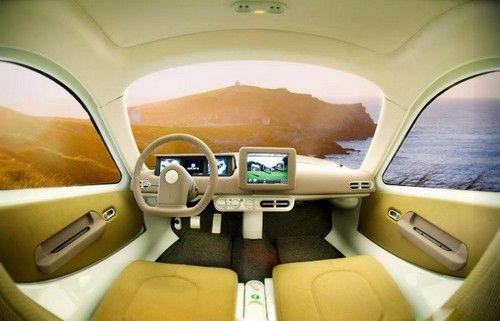
The length of the machine - 4395 mm (not small), the wheelbase - 1625 mm. The car is assembled on an integrated support structure with extensive use of light alloys and composite materials, filled weight - from 680 kg. Particular attention is paid to active and passive safety: programmable deformation zone in front, stiff "capsule" for passengers, as well as conventional belts (with pretensioners) and pillows. The Aptera Motors emphasize that the collision bumper dives under another TS fairly high set porozhki tricycle. And thanks to the correct placement of the center of gravity of massive battery cars remains low.
The "cockpit» Aptera large format StreetDeck monitor with touch screen control board systems (rearview camera Eyes Forward, navigation GPS, CD / MP3 / DVD-player, etc.). Advanced climate control is powered by solar cells on the roof and does not consume energy in vain. Wingless "miracle in feathers": you think to yourself that?

Source:

Independent tests show, and today we take into account the proprietary information. Small California company Aptera Motors (city Carlsbad) launches into a series of self-propelled ultraekonomichny crew called ... Aptera. That's Latin for "wingless" - an ambiguous designation. On the one hand, the idea of a wingless, wingless design: leads to unwanted reflections.
On the other - the aircraft, well, except that wingless "Aptera" is indeed reminiscent of the plane: outlines of the vehicle is so aerodynamic that the company says the air drag coefficient of about 0, 11! Hard to believe, as the best indicator for the conveyor passenger cars so far - 0, 26. But let's say - very much Aptera streamlined in appearance.

Moreover, that here and not quite a car - a tricycle driven rear wheel. This architecture allows you to position the vehicle in California (and other states) as a motorcycle ... - with all the benefits and advantages. And landing formula at "Aptera" modest 2 + 1. That is, two adults and a baby-a baby. Small young family - correct installation.
Aptera is prepared in two versions: typ-1h with a hybrid gasoline-electric powertrain, and typ-1e with a purely electric drive. Initially, typ-1h was designed with an auxiliary diesel engine, but in the course of the work it became clear that d.v.s. compression ignition under any weather does not fit into the brutal California standards for clean emissions. (It is instructive, when the standards are the same - as in North America, Diesel catch nothing. But the double standards in Europe - with breaks for engines with compression ignition. Only in this way, and it turns out). So I had to replace diesel light d.v.s. spark ignition (Otto). Stowed.

In pre-production prototype typ-1h petrol engine develops 16 hp up and turns the 12-kilowatt alternator-starter (series circuit), which in turn recharges the capacious battery. In addition, the battery is "fueled" by a 110-volt household power - what is called "from the outlet» (plug-in, night tariff). Traction 19-kilowatt (about 25 horsepower) electric rear wheel drive - forward and with a song! If the traction battery is fully charged, when the run within 190 km (until the battery dies) "Aptera" consumes an average of the same liter of petrol per hundred kilometers! Well, when filling up from the machine battery charging takes place, say, 250-300 km, the average fuel consumption is increased to 1, 8 liters per 100 km. (Note, excluding the cost of electricity is drawn from the public network). Still extremely economical.
And by typ-1e «wingless" general costs without d.v.s. and rides on only one battery capacity of about 15 kWh (for typ-1h smaller battery). Electric. Run at full charge up to 190+ km, ie about three times the usual daily route is completely occupied by an American. Almost enough, that's only if economically justified? Because of the typ-1h request of US $ 26,900., While for the typ-1e - 29900. Yes, all for the money ...

The length of the machine - 4395 mm (not small), the wheelbase - 1625 mm. The car is assembled on an integrated support structure with extensive use of light alloys and composite materials, filled weight - from 680 kg. Particular attention is paid to active and passive safety: programmable deformation zone in front, stiff "capsule" for passengers, as well as conventional belts (with pretensioners) and pillows. The Aptera Motors emphasize that the collision bumper dives under another TS fairly high set porozhki tricycle. And thanks to the correct placement of the center of gravity of massive battery cars remains low.
The "cockpit» Aptera large format StreetDeck monitor with touch screen control board systems (rearview camera Eyes Forward, navigation GPS, CD / MP3 / DVD-player, etc.). Advanced climate control is powered by solar cells on the roof and does not consume energy in vain. Wingless "miracle in feathers": you think to yourself that?

Source:

